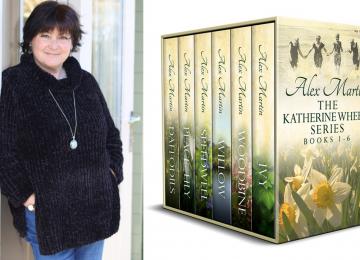Field's Chromatography
Field's Chromatography
or Treatise on Colours and Pigments as Used by Artists
Book Excerpt
ne of the first is heightened, while that of the second is lowered. An important consequence of this principle is, that the first effect may neutralize the second, or even destroy it altogether. What was cold before, becomes warm when a colder colour is set near it, and what was in harmony before, becomes discordant as other colours are put beside it. For example, to place a light blue beside a yellow, tinges it orange, and consequently heightens its tone. Again, there are some blues so dark relatively to the yellow that they weaken it, and not only hide the orange tint, but even cause sensitive eyes to feel that the yellow is rather green than orange--a very natural result when it is considered that the paler the yellow becomes, the more it tends to appear green.
We learn from these relations of colours, why dapplings of two or more produce effects in painting so much more clear and brilliant than uniform tints obtained by compounding the same colours: and why hatchings, or a touch of their contrasts,
Editor's choice
(view all)Popular books in Non-fiction, Science, Art
Readers reviews
0.0
LoginSign up
Be the first to review this book
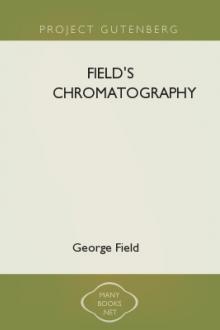
 Free Download
Free Download














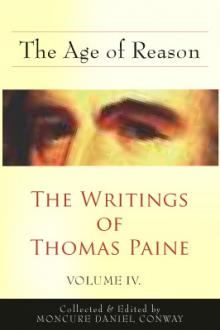

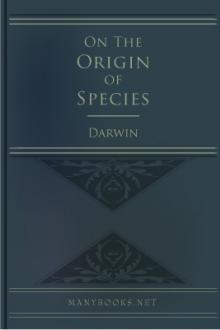
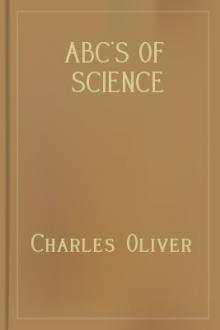
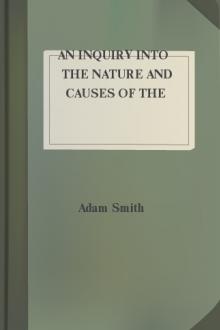

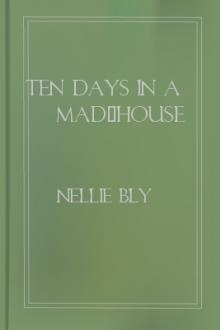

-itok=vcKIB5v1.jpg)
